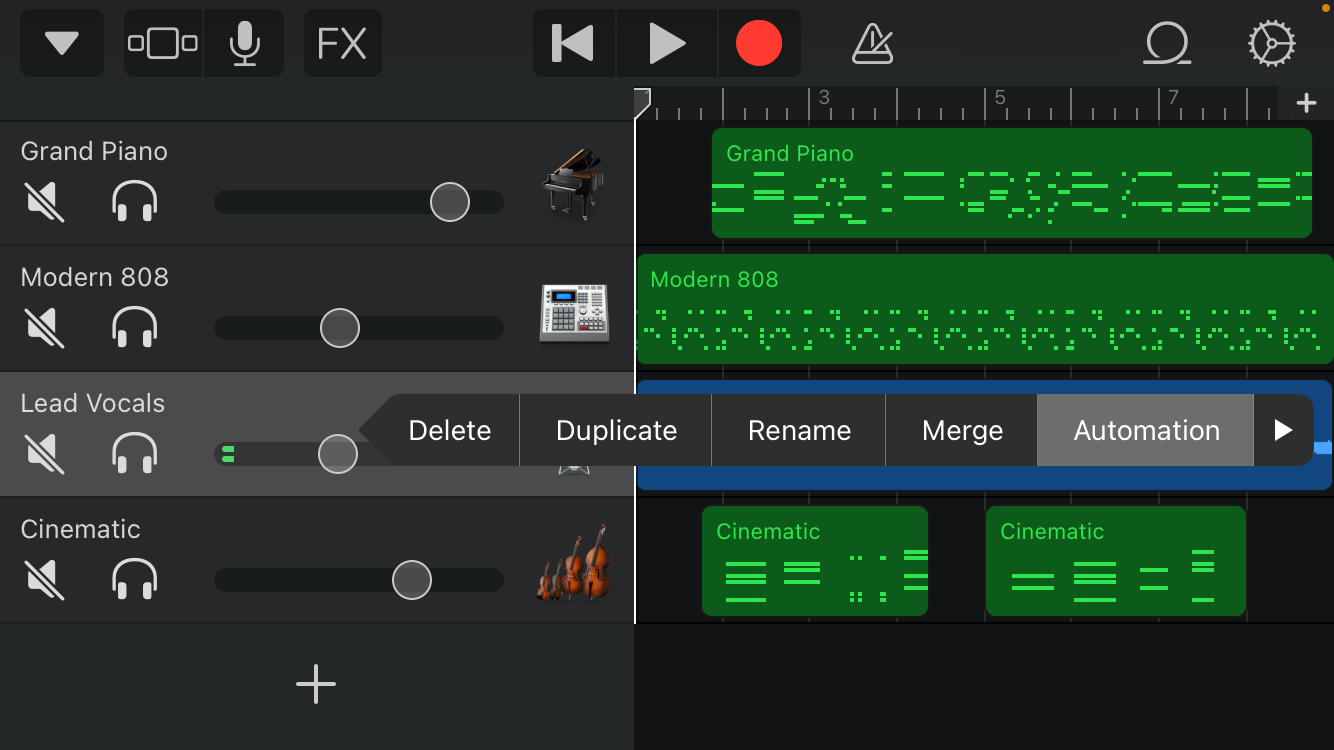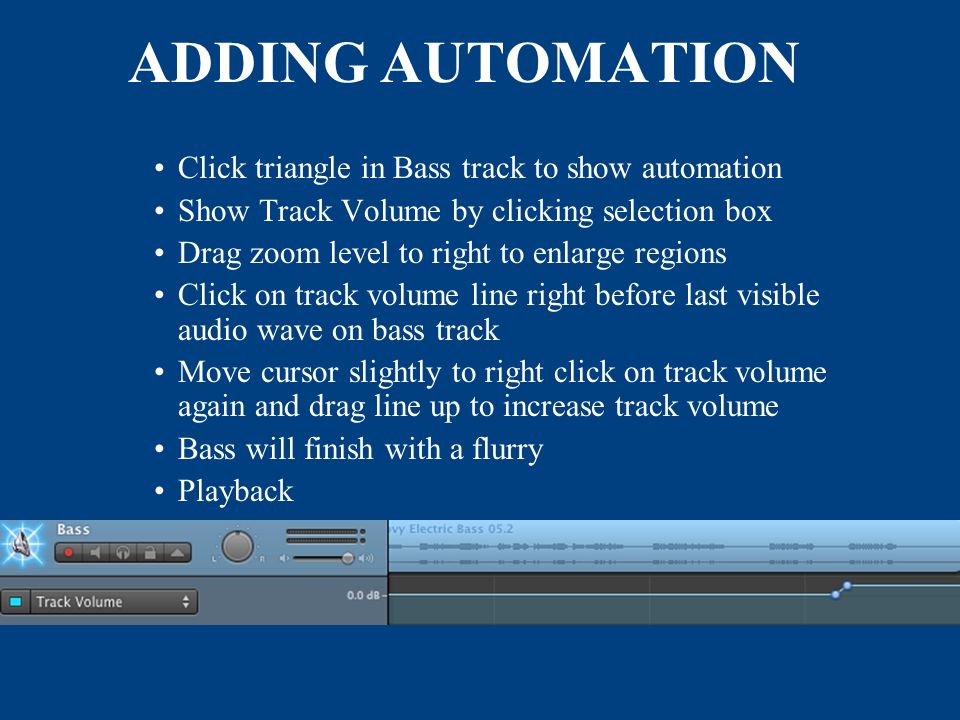

The overlap time may need to be longer or shorter depending on a variety of different factors, so it is up to you to listen and decide what sounds the best.Īs you can see, all of our audio tracks now crossfade to create a seamless listening experience. Now you know the basics, be sure to listen to your fades. If your automation looks like the image below, congratulations you’ve just made your first crossfade! Drag these second points to the bottom of the track lane to -infinity dB. Next, you will need to click on the end of the first take and the start of the next, to create two more points. You will notice that clicking the grey line will turn it yellow and add a point, this point can be dragged to line up with the beginning and end of the overlapping tracks. With automation view active, the next step is to zoom in to the point you want to crossfade and click on the volume line (which the automation should be set to by default). With this in mind, you will need to head to ‘mix’ and select ‘show automation’ (or press A). Unlike Logic, which offers a simple drag-to-crossfade option, Garage Band fades are created using volume automation. Now all the takes have been placed in the right order, it’s time to create the fades. Instead of deleting the audio this time, we will be moving the second half of the take to the end of the segment (keeping an overlap for crossfades). To do this we must find a sensible place to switch to the sponsor (in this instance it is in the second take). In the example, we also need to clear a space for a sponsored segment. Once happy with the cut point, you can either right-click and press ‘Split at playhead’ or use the keyboard shortcut CMD T to cut, and then delete the excess audio. To cut at this point, you must first move the play head to where you intend to split (using the timeline below the bars).

While it seems obvious to cut as soon the moment the second take comes in, for the purpose of crossfading it is good practice to leave some amount of overlap, to allow the fades to gradually automate each take’s volume.

Example of a Garage Band podcast file (pre-edit) As you can see, the second take begins on the 7 th bar, meaning it is at this point the first take must be cut. In the example below, we have an episode split between two takes. How to Cut in Garage Bandīefore we get to crossfading, it is important we run through the basics of cutting. When switching between takes, a crossfade can smooth the change and create a seamless transition. This technique is used in a variety of different situations to great effect. Along with this, a fade gradually lowers the volume before stopping, creating a smoother transition to silence.Ī crossfade is simply where a fade out of one track, fades into another (the automation looks like an X, hence the name). While this noise can be avoided by cutting at the zero-point of a waveform, using a fade allows you to cut wherever sounds best. If no fade is used and there is a sudden cut, the drop in level is perceived as a clicking sound. Another bonus is the ability to reuse audio files between episodes – which is especially useful if you have a fixed intro, outro, or a recurring sponsor segment.Ī fade on a single track ensures the audio file stops with no sonic artifacts. The immediate advantage of this technique is that it allows you to record in sections, and also re-sequence your podcast to improve pacing. What is a crossfade?įades and crossfades are essential to audio production as they offer seamless transitions from one audio file to another.
#GARAGEBAND HOW TO SHOW AUTOMATION SOFTWARE#
Obviously, the one downside is that this software is a Mac exclusive, but for those of you running Windows, we have a guide on ‘ How to Cut & Move Audio in Audacity‘, another free DAW with comparable functionality. With up to 256 tracks available – each with compression, limiting, and EQ inserts, Garage Band is more than capable of handling your basic recording, editing, and processing needs.
#GARAGEBAND HOW TO SHOW AUTOMATION PROFESSIONAL#
The software itself is a stripped-back version of Logic Pro, Apple’s flagship Music Creation Suite, so the tracking and editing functionality is of a professional standard. Don’t let the lack of a price tag fool you though, as Garage Band is an incredibly powerful DAW. This DAW is free and comes pre-installed with any computer running Mac OS. For this guide, we will be using Garage Band.


 0 kommentar(er)
0 kommentar(er)
